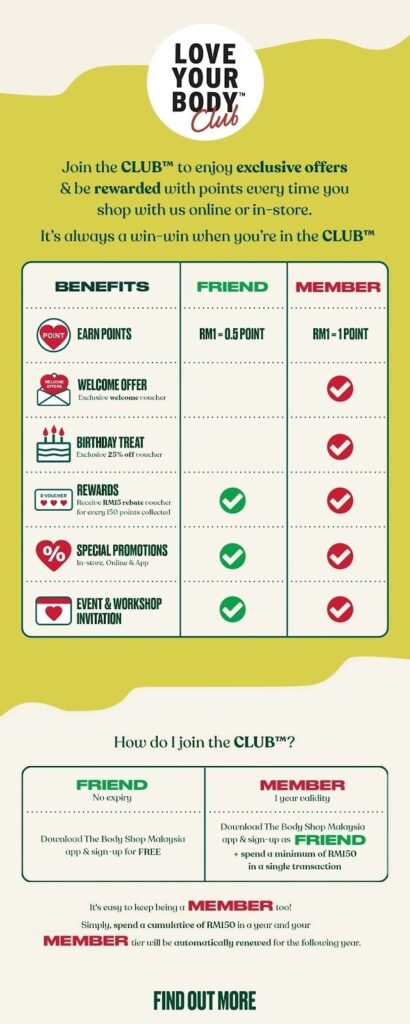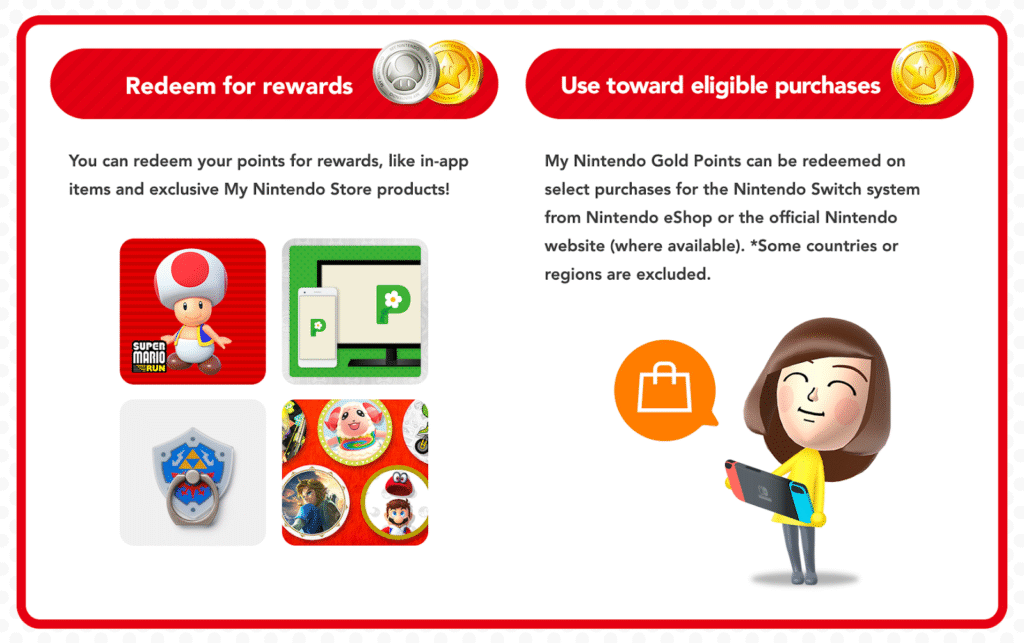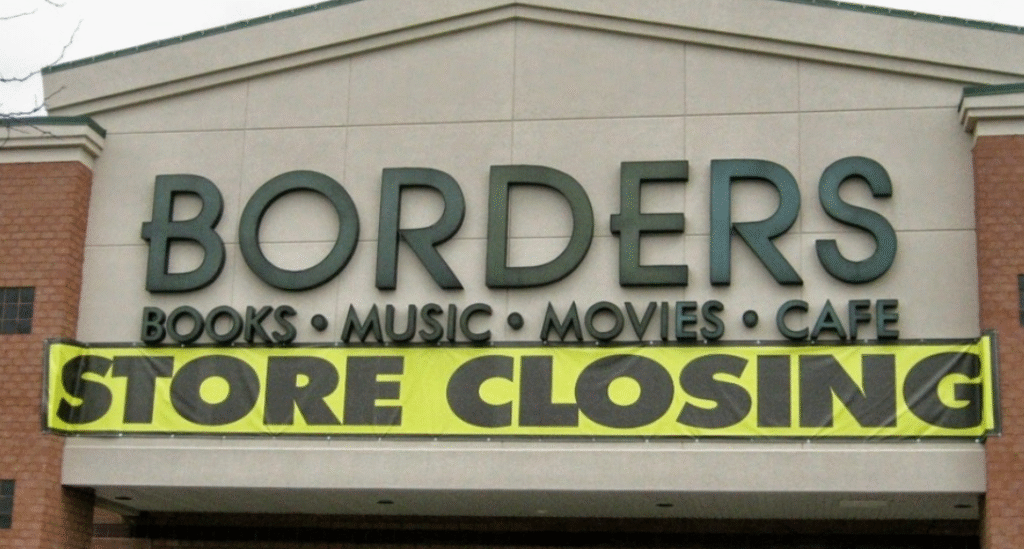Estimated Reading Time: 7 minutes

Your wallet’s full of stamp cards you don’t even remember signing up for.
Your phone’s full of mobile loyalty apps and digital reward cards you never open.
Which one do you use for your business?
In 2025, customers are drowning in loyalty clutter.
Too many physical loyalty cards, too many digital loyalty programs, and very little patience. Some brands still love the simplicity and nostalgia of traditional punch cards, while others are shifting to digital loyalty cards for business to automate rewards, capture data, and connect online and in-store behavior.
Let’s settle the debate once and for all. Let’s break down the digital loyalty card vs physical loyalty card comparison so you can understand which loyalty format truly wins for modern businesses.
The Evolution of Loyalty Cards
Before we crown a winner, let’s rewind a little. Loyalty programs have come a long way — from stamp cards tucked in wallets, to sleek apps that track points in real time.
From Stamp Cards to Mobile Apps
Loyalty used to be simple once upon a time: you bought ten coffees, got one free. Businesses handed out tiny stamp cards that fit neatly in your pocket (and customers actually kept them).
That small act of stamping a card felt personal. You could see your progress, feel your loyalty grow, and walk away with a free drink that felt earned.
Then came the digital wave. QR codes, mobile apps, and integrated CRMs (Customer Relationship Management) took over. Suddenly, your rewards lived in the cloud — not your wallet. Brands like Starbucks and Watsons Malaysia jumped on the trend early, proving that convenience and data could take loyalty to the next level.
Why 2025 is the Tipping Point for Digital Adoption
Digital loyalty programs aren’t new, but 2025 is the year it becomes the norm.
Why? Because customers now expect seamless, instant, and personalized experiences. They don’t want to keep track of paper cards; they want points synced across every channel.
And for businesses, data has become gold. With a digital loyalty card system like SimpleLoyalty, you can track buying patterns, reward customers automatically, and see exactly what keeps them coming back — all without the guesswork.
Paper can’t do that.
Physical Loyalty Cards
Physical cards may seem outdated, but they’re not entirely dead. In fact, they’re still surprisingly effective for certain types of businesses — especially those that rely on a personal touch and impulse loyalty.
The Tangible Appeal of a Physical Card
There’s something undeniably satisfying about holding a loyalty card. It’s simple and nostalgic — we know.
For small cafes and local bakeries, physical cards work because they feel human. Customers get an instant sense of achievement when they see their stamps pile up. No downloads, no WiFi, no “please scan the QR code”. Just a quick stamp and smile.
Plus, they’re cheap to print and easy to hand out — ideal for small businesses that want to start building loyalty fast.
Hidden Costs and Limitations
Here’s the flip side: physical loyalty cards are terrible at keeping up.
Customers lose them. Forget them. Spill coffee on them. Businesses can’t track who’s coming back or when. And when a customer moves or changes habits, there’s absolutely no way to re-engage them.
Not to mention, printing thousands of cards adds up — both in cost and environmental waste.
So while physical cards win on simplicity, they lose on scalability and insight.
Digital Loyalty Cards
Now we’re talking about the future. Digital loyalty cards take everything that worked in the old system (rewards, engagement, and repeat visits) and supercharge it with automation, convenience, and data.
Real-Time Rewards and Customer Insights
Imagine rewarding your customers instantly after a purchase. No stamps, no confusion. Digital loyalty programs do exactly that.
Platforms like SimpleLoyalty let businesses automate points, track purchases, and personalize offers based on what each customer actually buys.
That means:
- You know who your regulars are.
- You can spot your VIPs.
- You can re-engage customers who haven’t visited in a while — with the right offer at the right time.
It’s loyalty, but smarter.
Contactless Convenience and Sustainability
Digital loyalty also fits perfectly into today’s contactless world. Customers just scan a QR or tap their phone, and boom — points added. No fumbling for cards, no paper waste, no awkward “I think I left it in my car somewhere”.
It’s more sustainable, reducing printing waste and carbon footprint. In an era where customers care about eco-friendly brands, that’s a quiet but powerful advantage.
Real-World Examples
Enough theory. Let’s talk reality — where loyalty programs either thrive or flop based on execution.
The Body Shop

The Body Shop’s Love Your Body Club is one of the most emotionally intelligent digital loyalty programs today.
Members earn points across both online and in-store purchases, but the real twist? They can donate their rewards to charity partners instead of redeeming discounts.
That simple feature turns transactions into acts of purpose — and customers love it.
The Body Shop also uses digital data to personalize offers (like exclusive skincare discounts or birthday gifts), making customers feel recognized rather than just “rewarded”.
The perfect example of digital loyalty done right. Personalized, meaningful, and friction-free.
Nintendo

Nintendo’s My Nintendo Gold Points tried to blend physical and digital purchases into one ecosystem — letting users earn points from both game cartridges and online downloads.
Sounds great on paper, right? The best of both worlds? In practice, it became a logistical nightmare.
Physical games earned fewer points than digital purchases, and redemption processes were inconsistent across regions. Customers complained about unfairness and confusion.
Eventually, in March 2025, Nintendo announced they were discontinuing the program altogether.
It’s a textbook example of how combining both physical and digital loyalty — without a seamless bridge — can backfire. When experiences aren’t unified, loyalty starts feeling more like a chore than a perk.
Borders

Remember Borders? The bookstore giant? Its Borders Rewards program was once a big deal. Millions of physical cards printed, mailed, and swiped. But as eBooks and online shopping exploded, Borders’ loyalty system failed to evolve.
While Amazon’s digital ecosystem made it effortless to buy, track, and recommend books, Borders’ loyalty program remained tethered to the checkout counter. By the time they introduced an online version, it was too little, too late.
The lesson? Physical loyalty cards can’t keep up with digital behavior. Customers don’t want to remember another card; they want convenience, automation, and integration. Borders’ downfall isn’t just a story about books; it’s a cautionary tale about brands that didn’t go digital fast enough.
2025 Verdict: Which Format Wins for Your Business?
So, after all that, who wins the 2025 showdown?
Honestly, it depends on your goals.
When to Stick with Physical
If your business thrives on local interactions (think cafes, nail salons, or small retailers), physical cards still have value. They’re quick to hand out, build face-to-face relationships, and give that instant reward satisfaction.
Just be aware: as your business grows, managing them can get extremely messy.
When to Go Fully Digital
If you want scalability, insights, and automation — digital is the clear winner.
Digital loyalty cards allow you to connect with customers beyond the counter. You can track behavior, launch targeted campaigns, and build long-term loyalty across every channel.
And with tools like SimpleLoyalty, setting up a full digital rewards system is faster (and more affordable) than ever.
You don’t just reward your customers — you understand them.
Conclusion
The loyalty game has evolved, and so have your customers.
Physical loyalty cards had a good run. They’ll always have a nostalgic charm, but digital loyalty is where the future (and the data) lives. That’s why the smartest businesses choose to go digital.
Digital loyalty programs give you data, automation, and personalization — the holy trinity of modern customer retention. You can see who your most loyal customers are, re-engage those who’ve gone quiet, and reward the right people at the right time (automatically)!
It’s even easier than ever to start. Platforms like SimpleLoyalty make going digital simple and affordable — even small businesses can compete with the big players.
Although paper cards hold a sense of nostalgia, digital loyalty is the move for 2025. Because loyalty shouldn’t live in your customer’s wallet; it should live in their habits.

